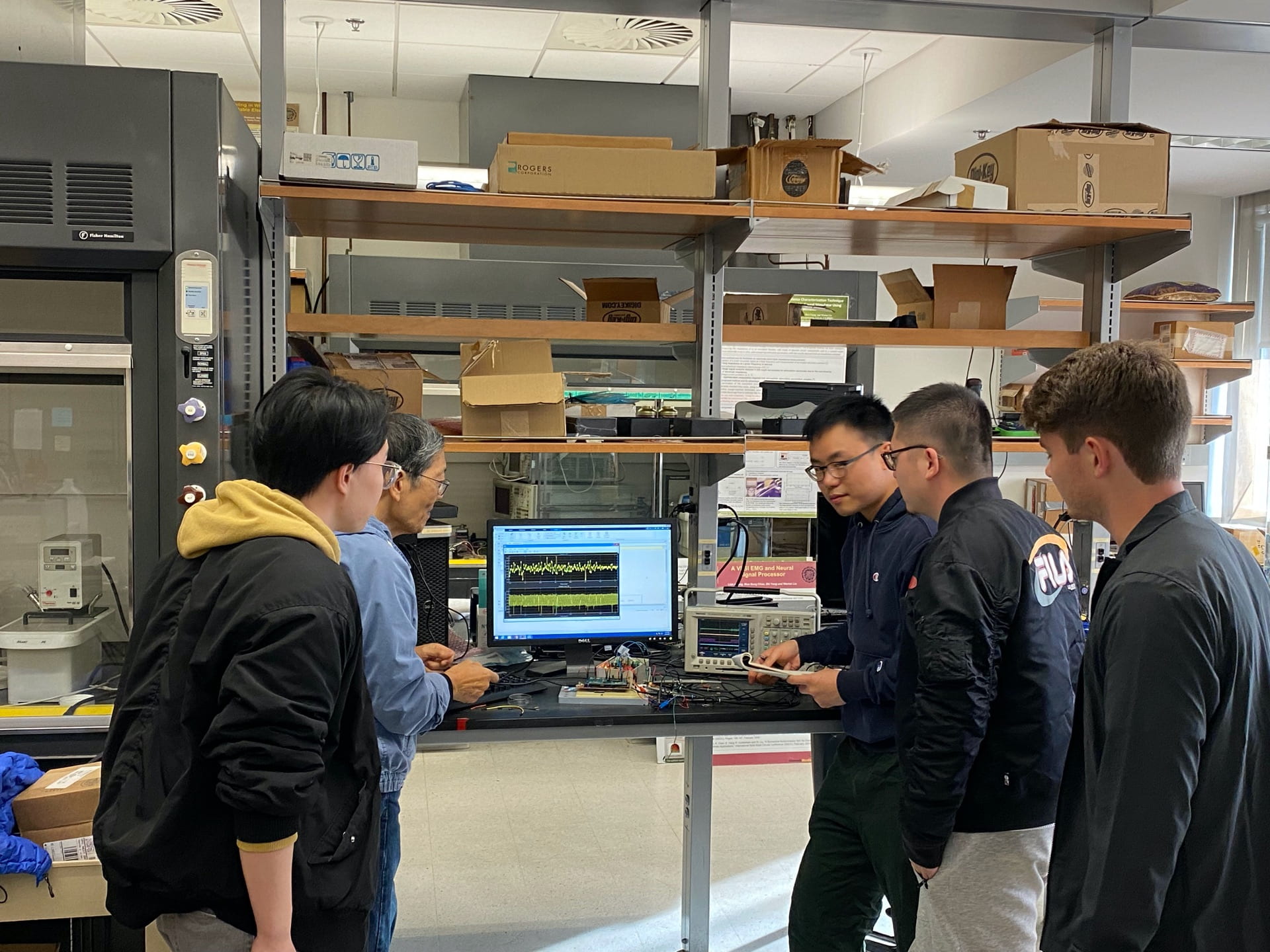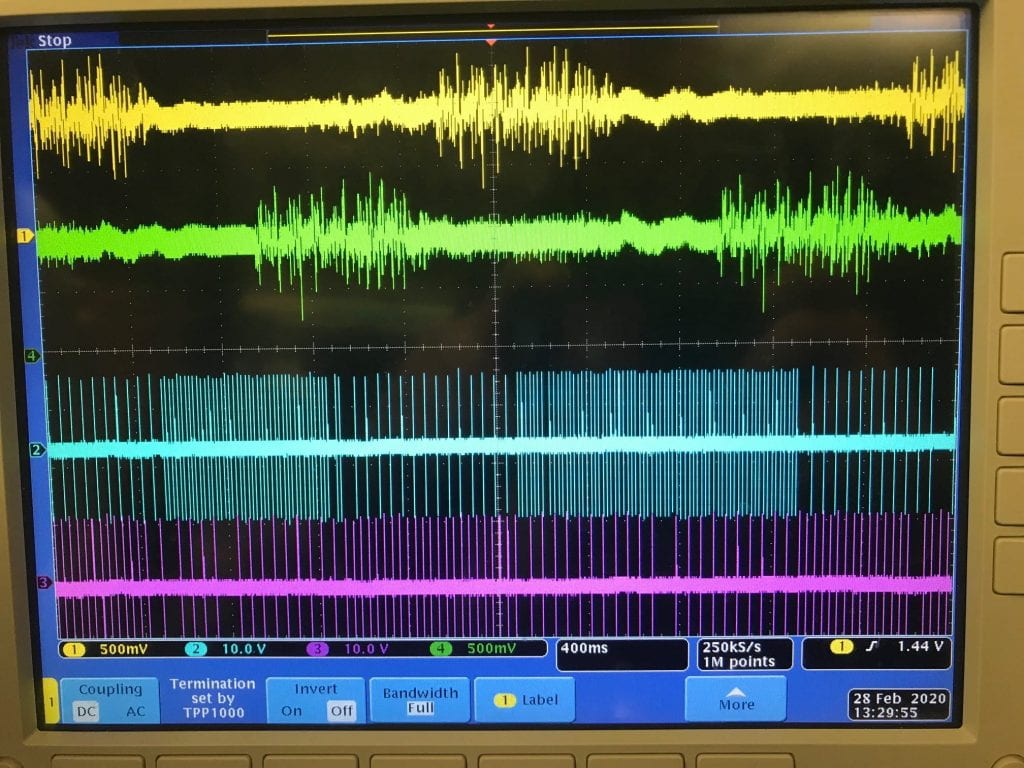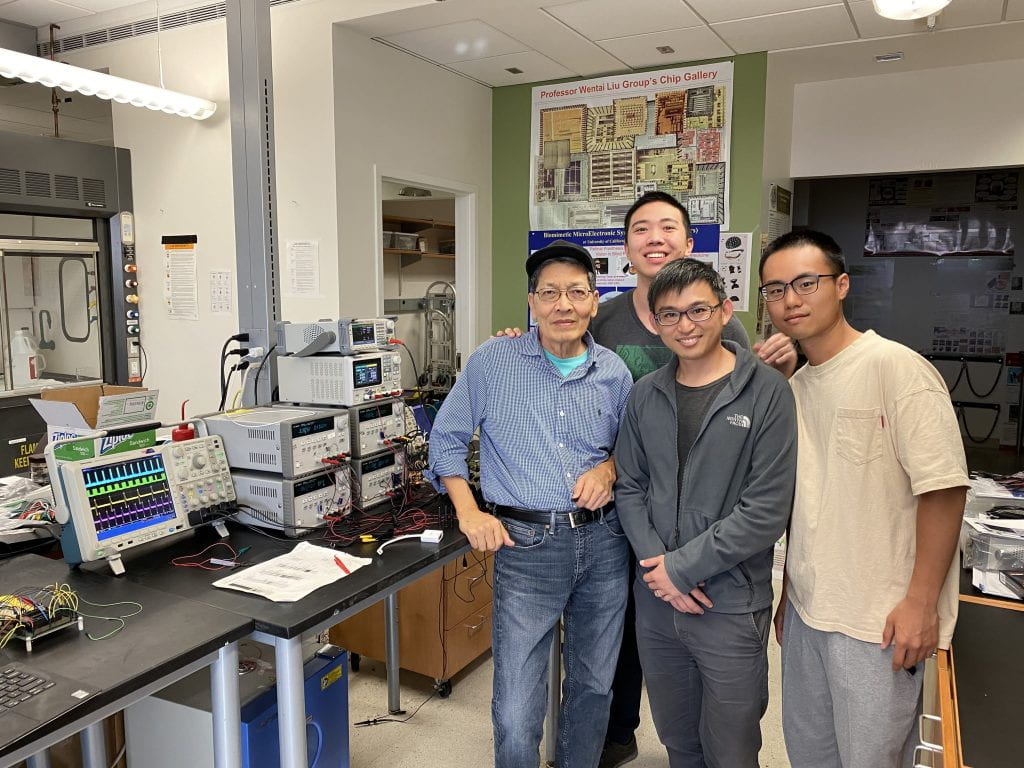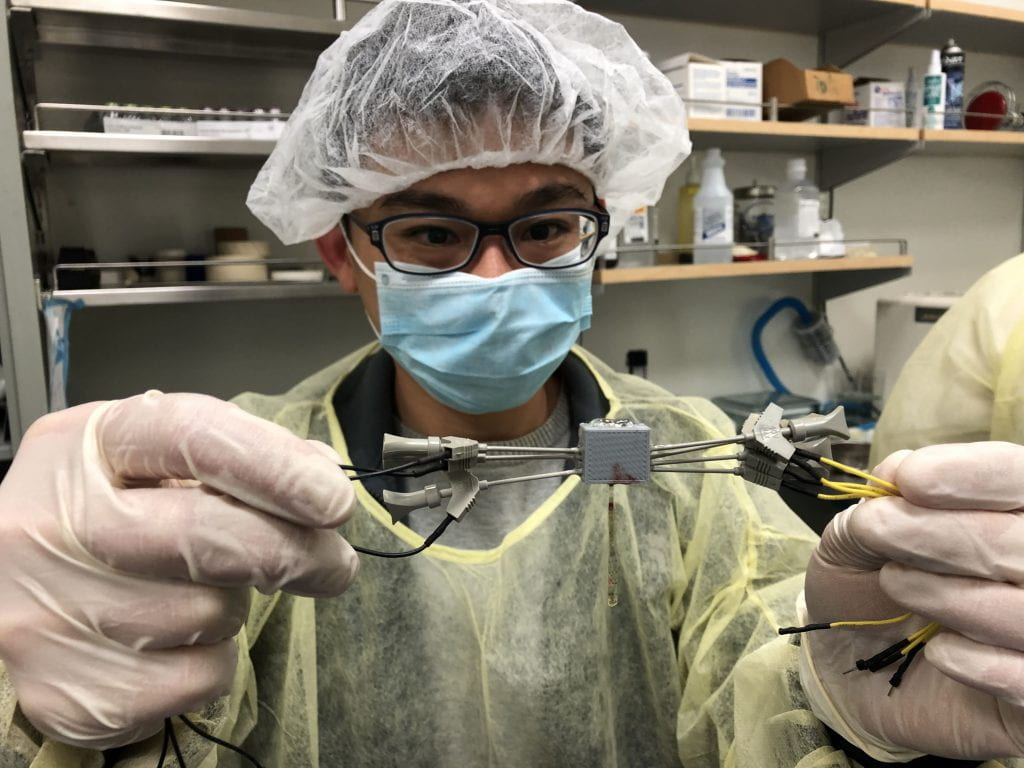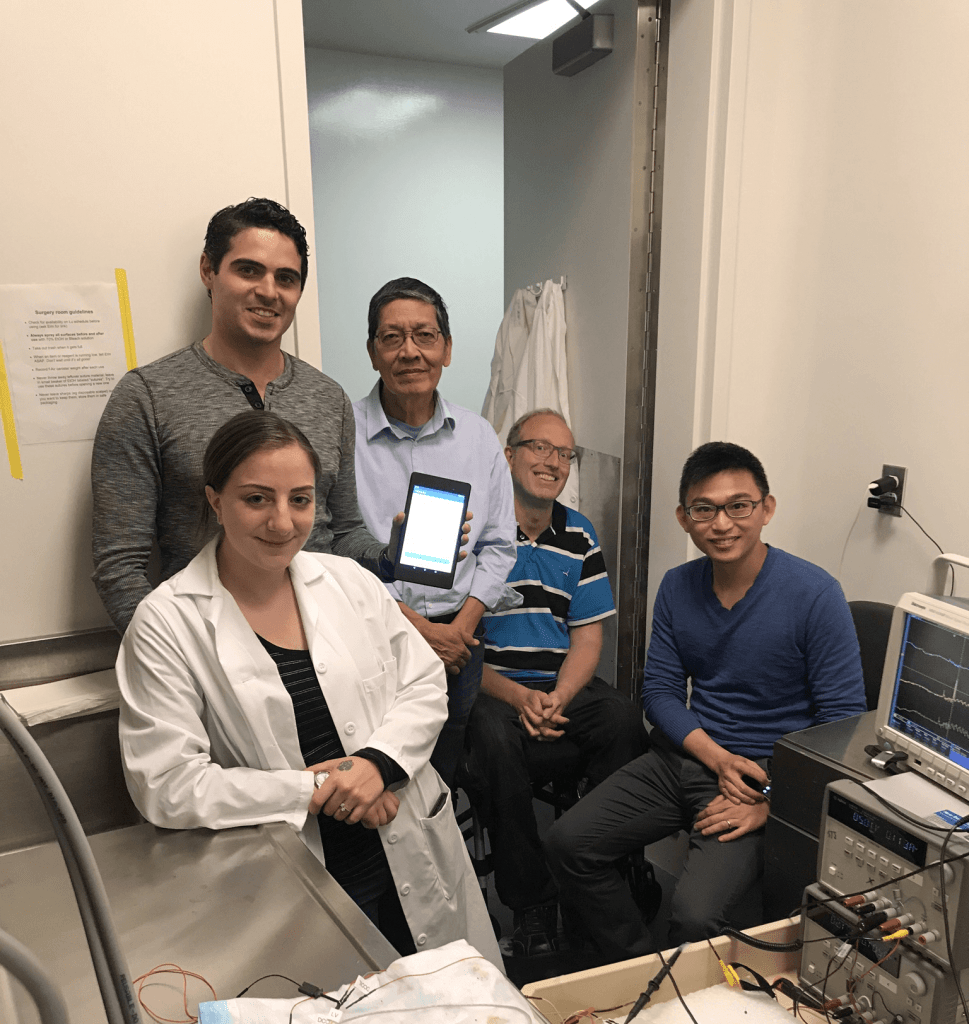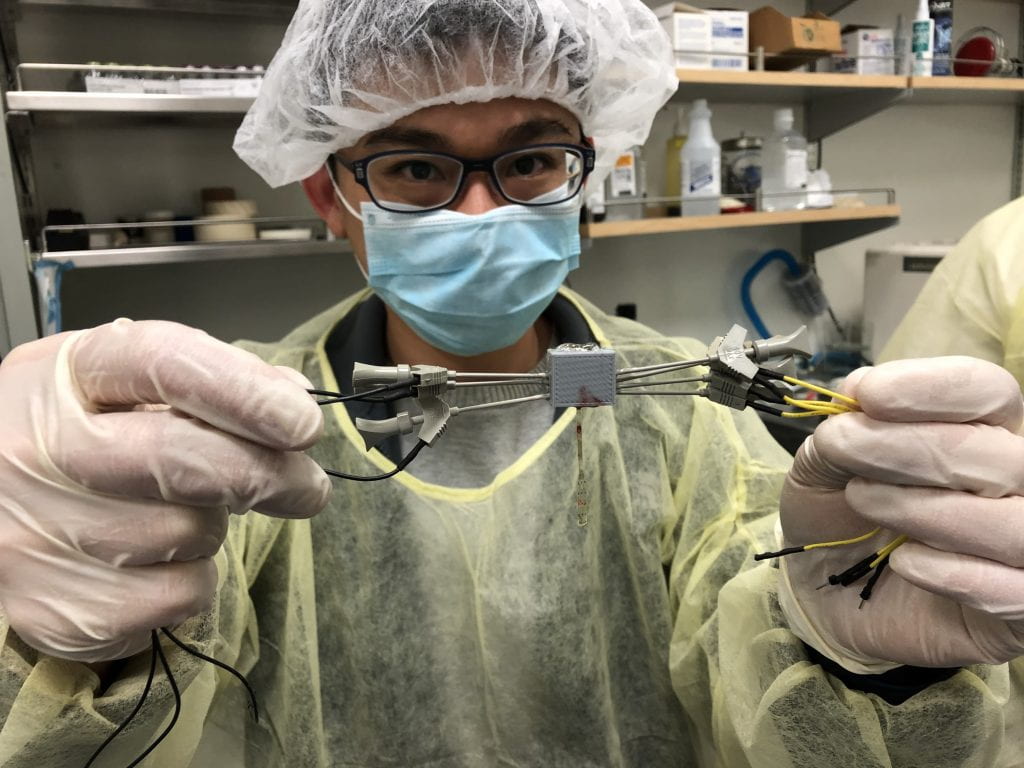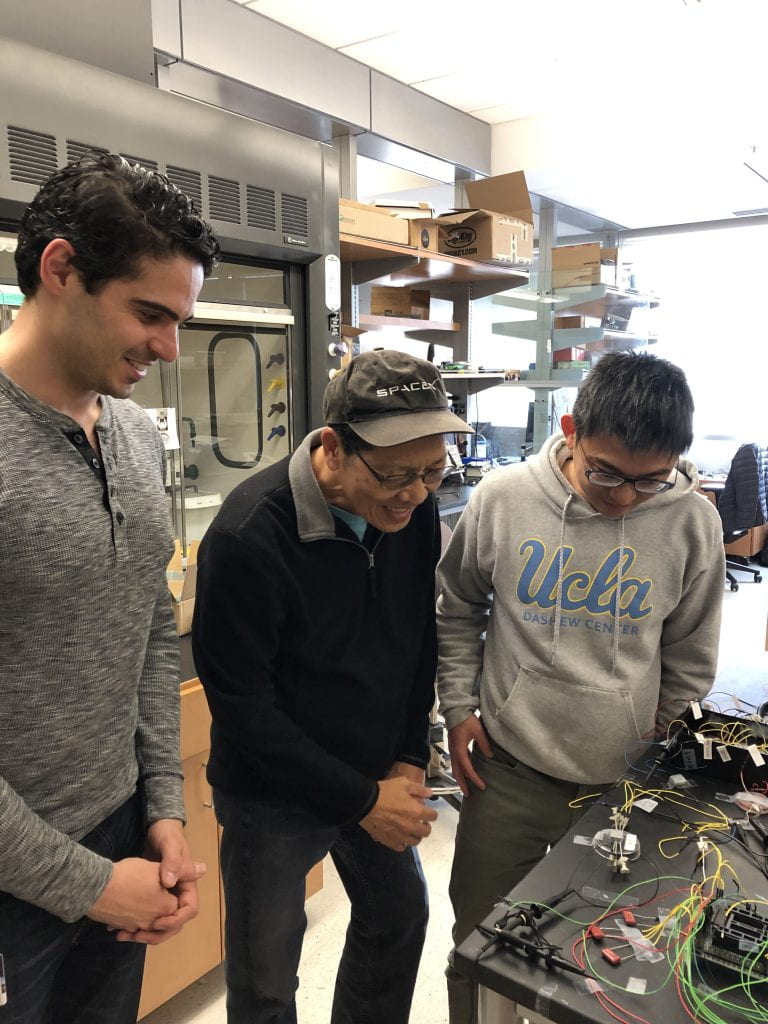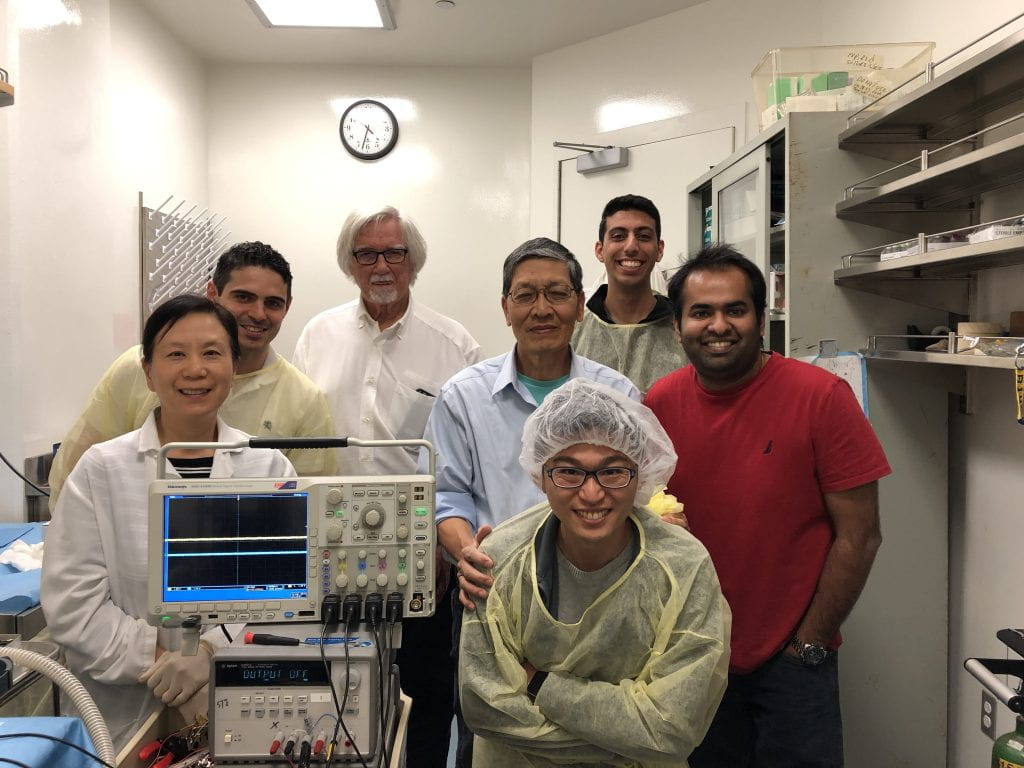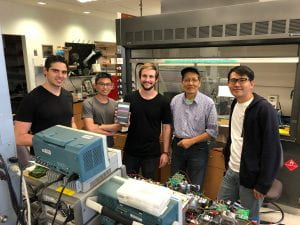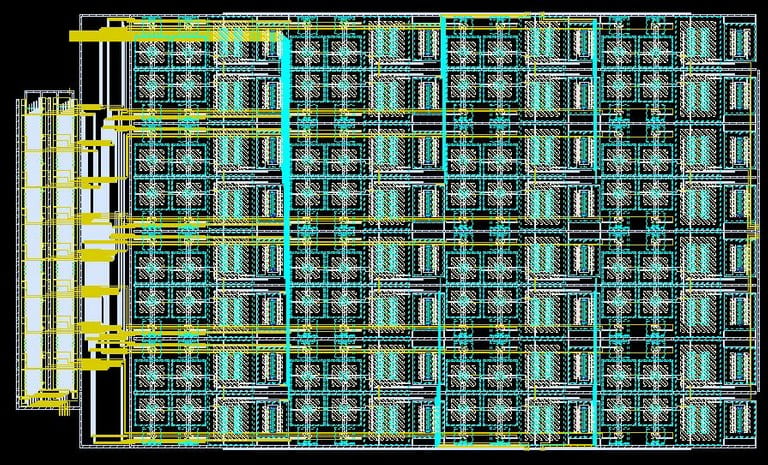Electrical stimulation of the central pattern generator (CPG) shows promise for restoring locomotion in spinal cord injury patients. Biomimetic neural modulation protocols, designed to mimic natural signals, outperform traditional methods in sustaining fictive locomotion (FL), but require extensive trials for fine-tuning—highlighting the need for automated CPG signal analysis.
We developed a peak-based oscillation classification algorithm (POCA) to detect and analyze locomotion-related activity. Instead of adopting epoch-based feature extraction framework which was often used in other biological oscillation detection, POCA extracts features at the peak level, offering better accuracy, simpler training, and more direct oscillation characterization.
Tested across three protocols, our rbf-SVM model achieved an F1-score of 0.923 and 0.966 accuracy, surpassing alternative approaches. POCA’s rhythm characterizations also aligned well with expert assessments, providing a reliable and scalable tool to support large-scale optimization of biomimetic CPG stimulation protocols.
